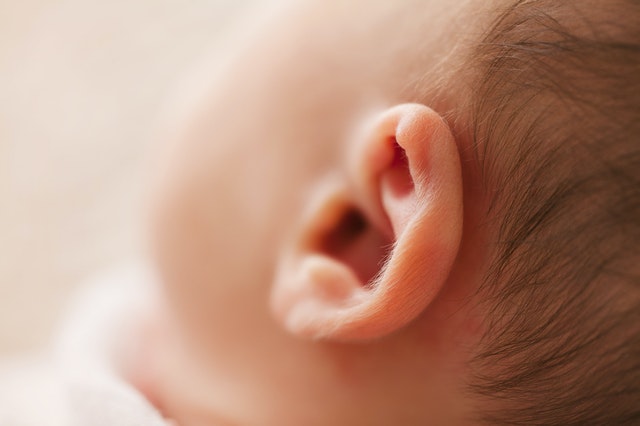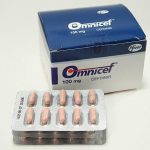How Effective Is Cefdinir For Ear Infection?

What is an ear infection?
The commonly used term “ear infection” is known medically as acute otitis media or a sudden infection in the middle ear (the space behind the eardrum). Anyone can get an ear infection but ear infections occur most commonly in young children because they have short and narrow Eustachian tubes. About 80 percent of children develop an acute ear infection at some point.
Infants who are bottle-fed also have a higher incidence of ear infections than their breastfed counterparts.
Other factors that increase the risk of developing an ear infection are:
- altitude changes
- changes in temperature and humidity
- exposure to cigarette smoke
- pacifier use
- recent illness or ear infection
- being male
- low birth weight
- lack of access to healthcare
- being in daycare
In many cases, ear infections clear up on their own. Your healthcare provider may recommend a medication to relieve pain. If the ear infection has worsened or not improved, your healthcare provider may prescribe an antibiotic. In children younger than the age of two years, an antibiotic is usually needed for ear infections.
It’s important to see your healthcare provider to make sure the ear infection has healed or if you or your child has ongoing pain or discomfort. Hearing problems and other serious effects can occur with ongoing ear infections, frequent infections, and when fluid builds up behind the eardrum.
What is Cefdinir?
Cefdinir is in a class of medications called cephalosporin antibiotics. It works by killing bacteria. Cefdinir is used for the treatment of the following conditions:
- Bronchitis with bacterial infection
- Ear infection (otitis media)
- Pneumonia
- Sinus infections (sinusitis)
- Skin infections
- Throat and tonsil infections (strep throat, tonsillitis)
This medicine is available only with your doctor’s prescription.
This product is available in the following dosage forms:
- Capsule
- Powder for Suspension
Typical dosing for cefdinir
Adults and adolescents age 13 years and older: The typical dose is 300 mg by mouth every 12 hours. For bronchitis with bacterial infection, throat or tonsil infection (strep throat, tonsillitis), or sinus infection (sinusitis), you can take 600 mg once daily instead.
Children age 6 months to 12 years old: Take 7 mg per kg of body weight every 12 hours by mouth. Children with ear infection (otitis media), throat or tonsil infection (strep throat, tonsillitis), or sinus infection (sinusitis) can take 14 mg per kg of body weight once daily instead.
Is cefdinir good for ear infections?
Cefdinir is very effective for ear infections and it is FDA-approved to treat acute otitis media or middle ear infection. Cefdinir is an “extended spectrum” antibiotic, which means that it works against a good number of bacteria. Studies have shown that a 5-day regimen of cefdinir was effective in the eradication of the common causative pathogens of nonrefractory acute otitis media, including intermediate penicillin-resistant S. pneumoniae and beta-lactamase-producing organisms.
How long does cefdinir take to work for an ear infection?
Once on cefdinir, you will get better in 2 or 3 days. Make sure you take cefdinir as directed. The fever should be gone by 2 days (48 hours). The ear pain should be better by 2 days, but continue to take the full course of your medication even if you feel like you don’t need it anymore. If you are feeling worse after 2 days, check back with your healthcare provider because the cefdinir might not be working well against the bacteria that’s causing the infection
What are the side effects of cefdinir?
Common side effects of cefdinir include:
- Diaper rash in an infant taking liquid cefdinir,
- Diarrhea,
- Discharge,
- Dizziness,
- Headache,
- Indigestion,
- Itching,
- Nausea,
- Skin rash, or
- Stomach pain,
- Vaginal itching,
- Vomiting.
Tell your doctor if you experience serious side effects of Cefdinir including watery or bloody diarrhea, chest pain, fever, chills, body aches, flu symptoms, unusual bleeding, seizures (convulsions), pale or yellowed skin, dark colored urine, fever, confusion or weakness, jaundice (yellowing of the skin or eyes); fever, sore throat, and headache with a severe blistering, peeling, and red skin rash; increased thirst, loss of appetite, swelling, weight gain, feeling short of breath, or urinating less than usual or not at all.





